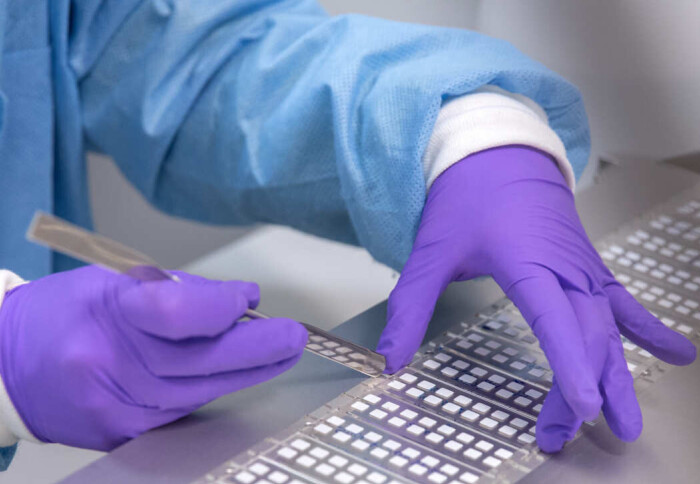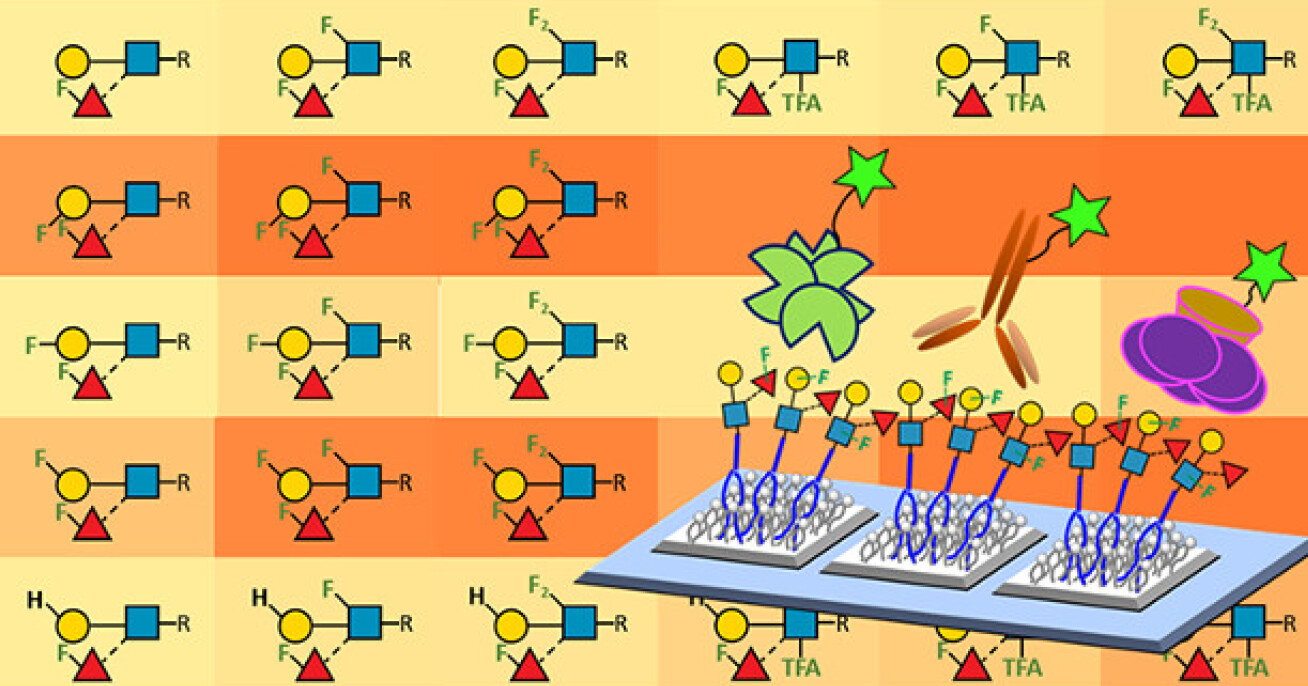

Scientists have found a way to create artificial sugars that could lead to better ways to diagnose and treat diseases more accurately.
"Our findings have the potential to drive significant future translational applications in human health and disease." Dr Yan Liu Department of Metabolism, Digestion and Reproduction
The findings, published in Nature Communications, not only present a promising avenue for the development of new drugs but also hold potential in diagnostics by ‘capturing’ pathogens or their toxins.
This collaborative research, conducted by leading academic and industry experts across Europe, including Imperial College London, demonstrates a method for synthesising a library of unnatural sugars capable of detecting inhibiting pathogens. These advancements may lead to the development of easy, at-home tests for rapidly fatal diseases like cholera, which currently demand laboratory stool analysis for diagnosis.
The crucial role of sugars
Sugars are fundamental to human health and disease, extending well beyond their role as a simple energy source. Complex sugars, known as glycans, coat every cell in our bodies and are vital for proper physiological function. These sugars are often used by pathogens like influenza, COVID-19, and cholera to facilitate infection.
A big challenge in treating and diagnosing diseases and infections is that the same glycan can bind to multiple proteins, making it difficult to understand what’s happening in the body. This has made it difficult to develop precise medical tests and treatments.
The researchers used a combination of enzymes and chemical synthesis to edit the structure of 150 sugars, replacing hydroxyl groups with fluorine. The compact size of the fluorine atom allows sugars to retain their natural 3D shape, while its presence can still influence how proteins bind to them.
They discovered that some of the fluorine-containing sugars they prepared could be used to detect specifically the cholera toxin – a harmful protein produced by bacteria – meaning they could be used in simple, low-cost tests, similar to lateral flow tests, widely used for pregnancy testing and during the COVID-19 pandemic.
Artificial “fluoro-sugars”

The study provides evidence that the artificial “fluoro-sugars” can be used to fine-tune pathogen or biomarker recognition or even to discover new drugs. They also offer an alternative to antibodies in low-cost diagnostics, which do not require animal tests to discover, and are heat stable.
Speaking about Imperial's role in the research, Dr Yan Liu, head of Imperial’s Carbohydrate Microarray Facility, said “In this consortium project, our group led the interaction screening analyses using our state-of-the-art glycan microarray system. Our platform revealed distinctive ‘interaction codes’ for various glycan-binding proteins targeting the same natural glycan structure, thanks to our unique set of synthetic, fluorinated glycans. This approach uncovers new insights into glycan recognition, offering a level of precision that is not possible with natural glycans. Our findings have the potential to drive significant future translational applications in human health and disease.”
Dr Antonio Di Maio, joint first author at Imperial who led the construction and screening of the fluoro-sugar arrays, added: ‘This work is a great example of the strong collaboration between the synthetic and array teams. We look forward to exciting new discoveries emerging from the fluoro-glycan arrays in the future. Furthermore, this shows that microarray technology remains a highly versatile tool in biomedicine, enabling rapid and precise screening of pathogenic targets with minimal material.’
The team comprised researchers from eight universities, including Imperial College London, Southampton, Leeds, Manchester, Warwick, York, Bristol, and Ghent University in Belgium, alongside the biotechnology company Prozomix. The project was supported by a grant from the Biotechnology and Biological Sciences Research Council (BBSRC) Industrial Biotechnology Catalyst.
Figure prepared by Kristian Hollie and Bruce Turnbull (University of Leeds) and Antonio di Maio (Imperial College London).
Content for this news story was adapted from news by the University of Manchester and the University of Leeds.
Synthesis and screening of a library of Lewis x deoxyfluoro-analogues reveals differential recognition by glycan-binding partners. Hollingsworth, K., Di Maio, A., Richards, SJ. et al. Nature Communications.15, 7925 (2024). https://doi.org/10.1038/s41467-024-51081-7
Article text (excluding photos or graphics) © Imperial College London.
Photos and graphics subject to third party copyright used with permission or © Imperial College London.
Reporter
Benjie Coleman
Department of Surgery & Cancer

Contact details
Tel: +44 (0)20 7594 0964
Email: b.coleman@imperial.ac.uk
Show all stories by this author



